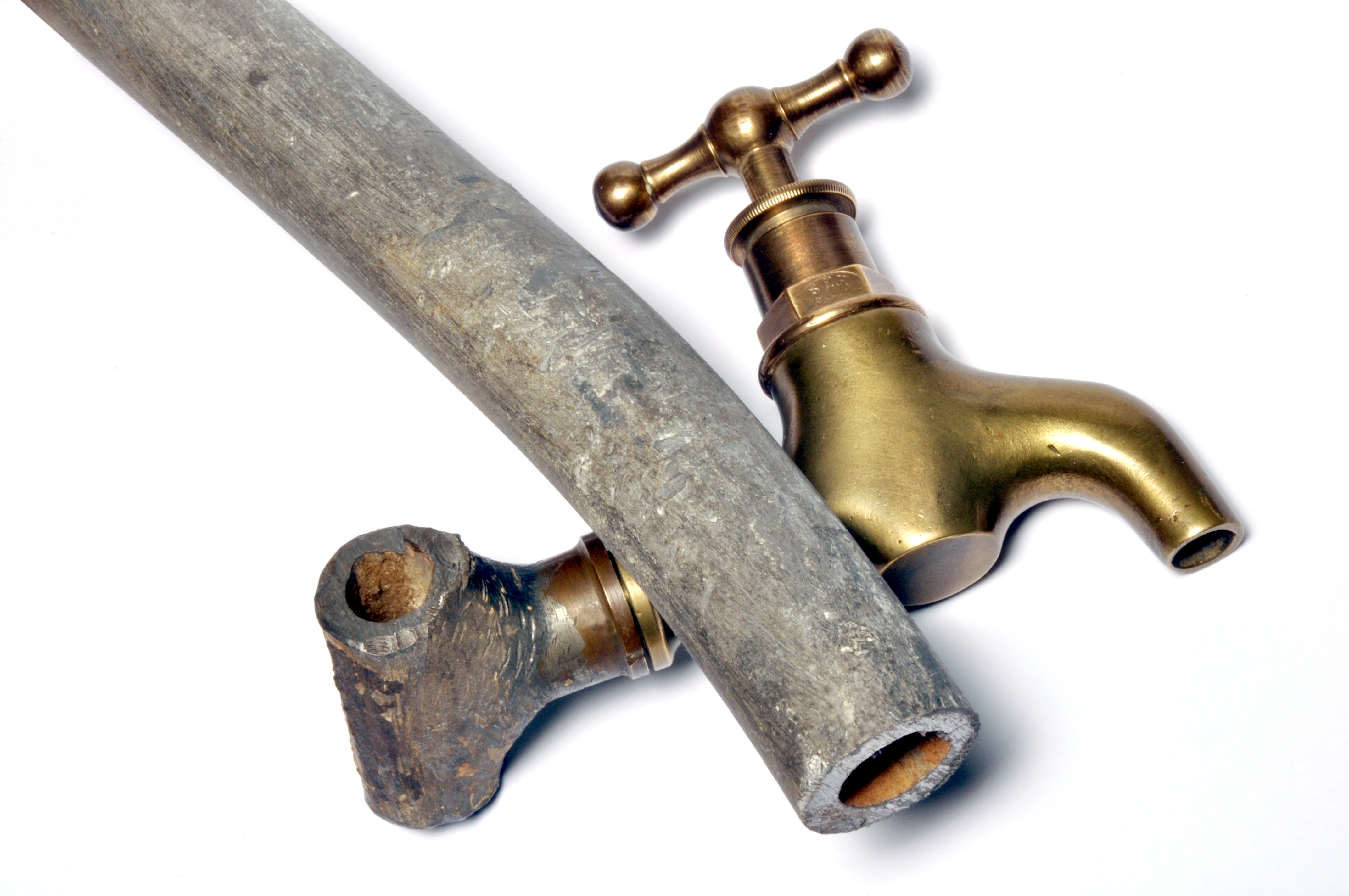 (412) 364-9114
(412) 364-9114

Lead pipes can put toxic levels of lead in your drinking water. In this blog we discuss health concerns, how to stay safe and give pipe identification tips.
There are a couple of potential sources of lead in your plumbing that could contaminate your drinking water. Those sources are service lines that connect the water main to your home, solder used to join pipes in your plumbing and older faucets, fixtures and valves. But how do you know for sure if these contain lead? Below are a few helpful tips to help you figure it out:
As a reminder even if you don’t have a lead service line, that doesn’t mean it is lead free. It is possible that your city or county did a partial line replacement. This means that part of the service line under your yard or home could be copper or steel while the rest could still be lead.
On their own lead pipes are not necessarily dangerous. What makes them dangerous is when the acids or minerals in water corrodes the pipes. This results in small amounts of lead and other contaminants mixing in with the water that ends up in your drinking glass. Things that can affect the amount of lead in your water are:
The effects that lead can have on your body are quite serious–some effects could even lead to lead poisoning. In adults lead poisoning can cause kidney damage or potential reproductive problems. Additionally, in children it can cause damage to the nervous system and affect a child’s behavior and ability to learn.
If you have suspicions that your service lines are lead or concerns that your water may contain lead you have a couple of options. First, contact a certified water testing lab and have them run an analysis on your tap water. Next, if it is determined that you have high levels of lead in your drinking water it would be best to figure out what kind of plumbing you have. If your home does have lead plumbing, the wisest decision would be to replace your plumbing system. As a homeowner you can request that the county or city your home is in replaces the lead service lines. As for the pipes on your property it is your cost to bear as a homeowner. If replacing your plumbing system is too costly, a more cost-effective option could be water filters designed to remove lead.
Need help replacing those dangerous lead pipes? Terry’s Plumbing can do it for you! Contact us today to get more information about our replacement and repair services.